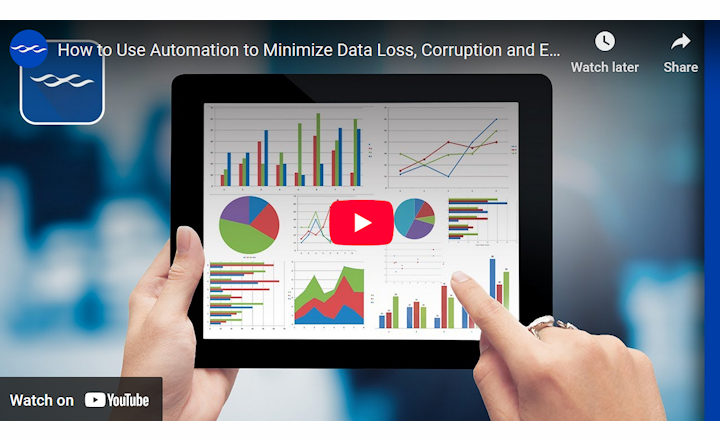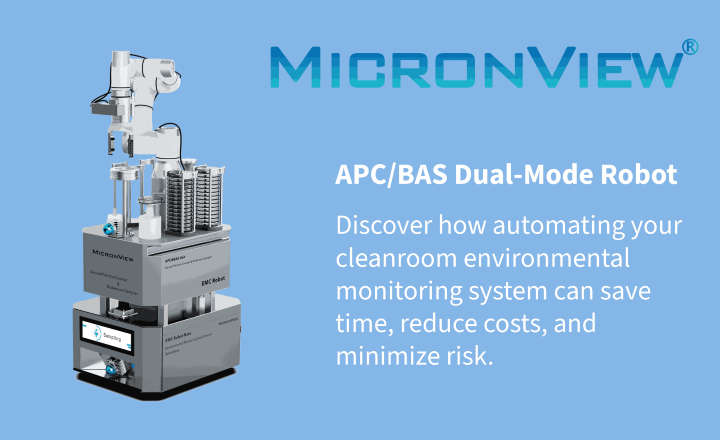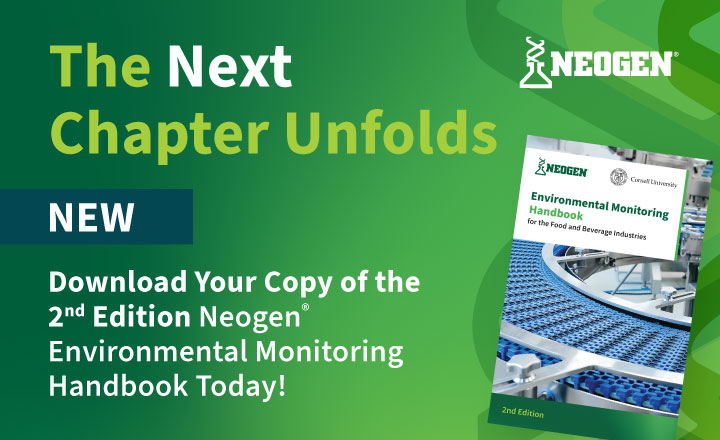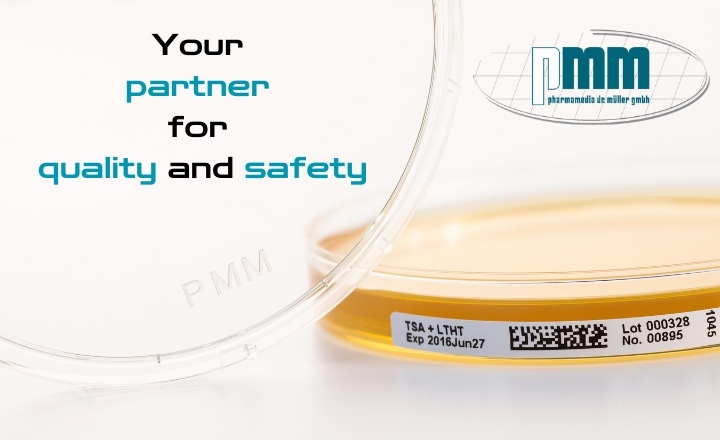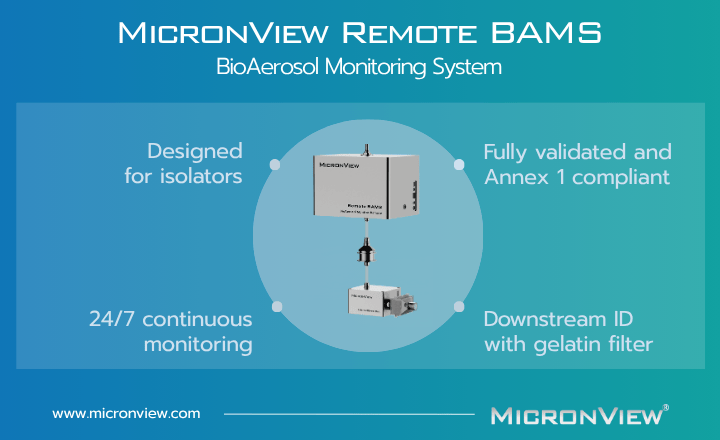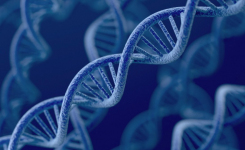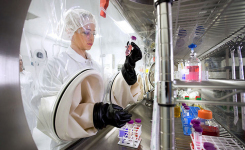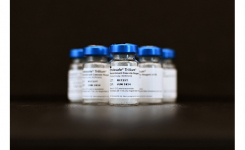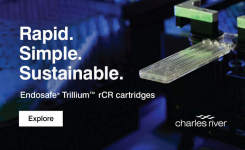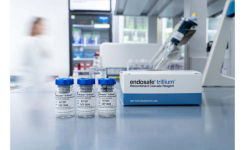Annex 1 recommends the use of rapid and automated methods to expedite the detection of contamination and reduce the risk to product. In this video, join Doug Botkin and Duncan Barlow, Scientific Portfolio Specialists for Accugenix®, as they delve into the role of automation in tracking and trending environmental monitoring data. Learn how:
1) Automation Helps Achieve Effective Tracking and Trending in EM
- Effective tracking and trending involves analyzing data over time, not just recording it.
- Quality issues may not always trigger alerts, making comprehensive monitoring essential for contamination control.
- Labs not using automated solutions may rely on paper or inadequate systems, leading to data loss and errors.
2) How to Have Proactive Data Management to Prevent Contamination Issues
- Trending in contamination control is essential for early detection of potential issues.
- Automated systems simplify the trending process, reducing complexity and workload.
- Human factors play a significant role; easier systems are more likely to be used effectively.
- Delays in spotting trends can lead to missed opportunities for proactive measures.
3) How to Significantly Reduce Delays and Errors in EM
- There is a lag between sample collection and data analysis that automation can help minimize.
- Manual transcription of data into Excel adds unnecessary time and potential for errors.
- Issues like file corruption and loss during manual processes can be mitigated with automation.
- Streamlining data analysis improves efficiency and encourages quicker action on results.
4) Why Excel Is Not a Suitable Substitute
- Creating visualizations and reports in Excel is a manual and time-intensive process.
- Investing time in building dashboards in Excel may detract from more critical lab responsibilities, such as investigations and training.


